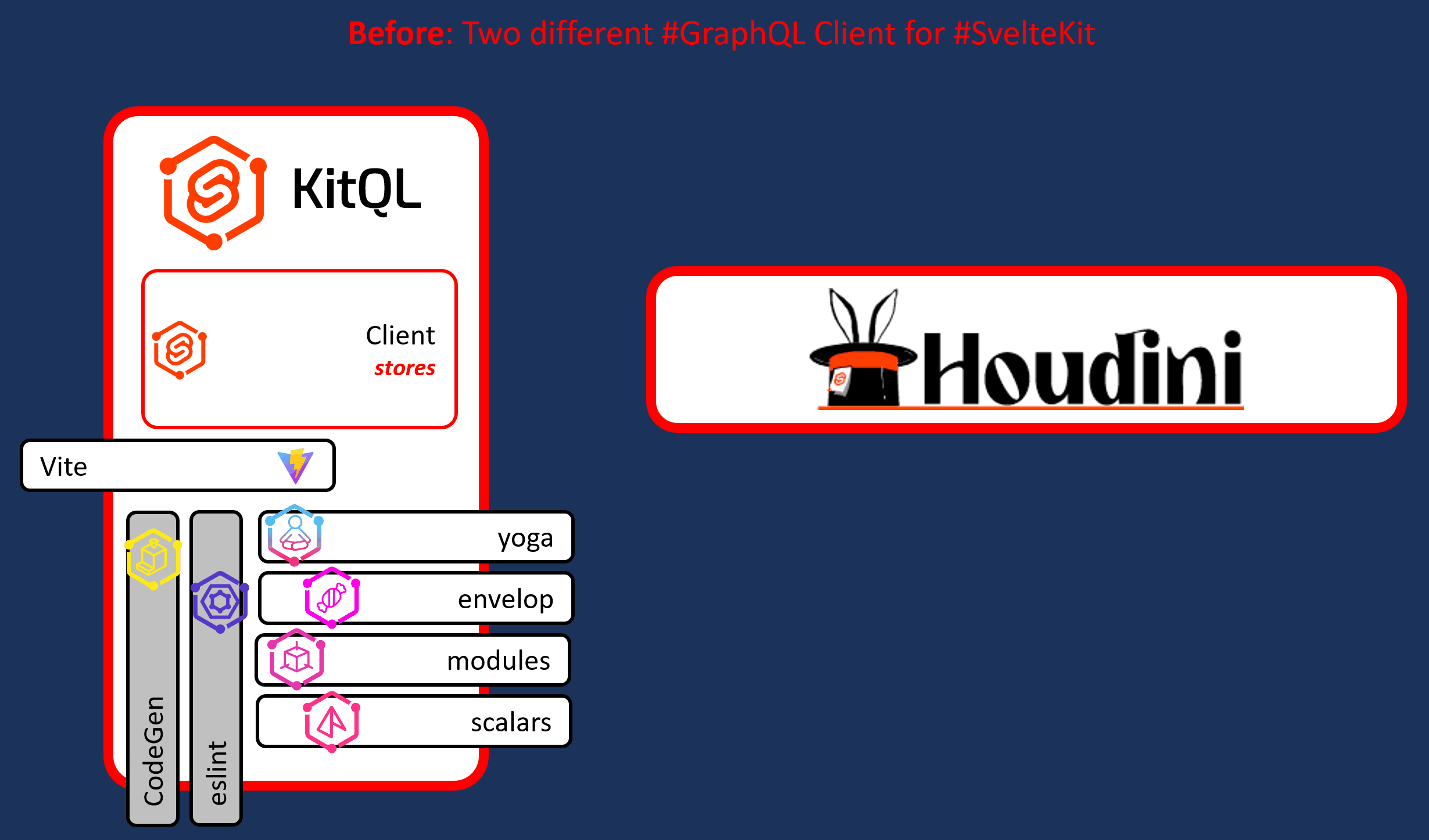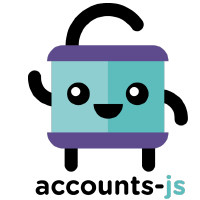Bringing the best GraphQL experience to Svelte

A Tale of Two Projects
SvelteKit is taking the web dev community by storm by providing an excellent solution for server-side rendered web applications and simplifying the creation of “WebApp”s … whatever that means 😅. While most of the common libraries for GraphQL apps do have svelte bindings, none of them really spark joy. It was hard to avoid this feeling that people were trying to smash a React-shaped wedge into a Svelte-shaped hole. Independently, Alec and Jean-Yves set out to give the Svelte community something better and took very different approaches to the problem. Eventually we connected on GitHub started to discuss the pros and cons of each approach. During this team, one question kept popping up:
What would the best experience for using #Svelte and #GraphQL look like?
It was very clear we both wanted to provide “the best” solution for using GraphQL and Svelte. It seemed silly to work independently since we shared this common goal so all we needed to do was figure out how to structure our joint efforts.
The Best of Both Worlds
While at first we thought that Houdini and KitQL were solving the same problem, during our conversation it became clear that KitQL’s scope was significantly larger than Houdini’s. KitQL strives to provide the best possible, “batteries included” solution for fullstack applications built with GraphQL and SvelteKit. It achieves this by integrating powerful tools in the GraphQL community such as Yoga, Envelop, Modules, Scalars, GraphQL-ESLint, and CodeGen with its own custom client that ran in the browser. On the other hand, Houdini is entirely focused on the client-side of the GraphQL picture and fills a similar role to libraries like Relay, urql, and Apollo. With this realization, the path forward was clear: bring the best parts of the KitQL client into Houdini and integrate it with the rest of the tools in the KitQL Stack.
Now users no longer have to choose between KitQL or Houdini. If you are looking for:
- a GraphQL client, we recommend to use Houdini
- building a full-stack app, we recommend KitQL (including Houdini of course 😉)
And it’s available Today 🎉🎉🎉

How Does It Looks like to Use GraphQL in SvelteKit?
You have now two ways that you can mix and match in your application:
External Documents
You write your GraphQL query in an external file AllItems.gql like:
query AllItems {
items {
id
name
}
}And you can use the generated store everywhere in your app like:
<script lang="ts">
import { GQL_AllItems } from '$houdini'
$: browser && GQL_AllItems.fetch()
</script>
{#each $GQL_AllItems.data.items as item}
{item.name}
{/each}Pretty simple, right? You can put this code in a component or in a route. Here, you are doing CSR
(Client Side Rendering). The browser is doing a network call to get data.
If you want to enjoy SSR (Server Side Rendering), you have to add a small bit of code to your
route:
<script context="module" lang="ts">
import type { LoadEvent } from '@sveltejs/kit';
export async function load(event: LoadEvent) {
await GQL_AllItems.fetch({ event });
return {};
}
</script>Inline Documents
With inline documents, the approach is a bit different but relies on the same store API under the
hood. Here is the only thing you write and you automagically get CSR and SSR depending on your
situation:
<script>
import { query, graphql } from '$houdini';
const { data } = query(graphql`
query AllItems {
items {
id
name
}
}
`);
</script>
{#each $data.items as item}
<div>{item.name}</div>
{/each}Pros and Cons?
While the two APIs are equivalent, there are pros and cons to both approaches. What you gain in
simplicity with the preprocessor, you lose in flexibility. The preprocessor can only run on
.svelte files so if you want to do things inside of an endpoint or any random file, you’ll need to
use the store API. If you want to send custom headers for just a single request, you’ll need the
store API.
Some Examples
Just to give you a feel for what we have built, here are a few common situations you have probably seen.
Pagination Example
For example, you want to do an infinite scroll pagination? And load more items? Simply do 👇
<script lang="ts">
function loadMore() {
await GQL_AllItems.loadNextPage()
}
</script>
<button on:click={loadMore}>Load More</button>
{#each $GQL_AllItems.data.items as item}
{item.title}
{/each}And that’s it!
Mutation Example to Append the List
Want to take the result of a mutation and add it to a list?
First, you need to inform graphql that this is a “special” list with a directive:
query AllItems {
items @list(name: "All_Items") {
id
name
}
}After the generate, a fragment is created for you: All_Items_insert (to be used in the mutation).
And that’s it! Call your mutation and your data will apprend the list automagically!
<script lang="ts">
const mutate = mutation<AddItem>(graphql`
mutation AddItem($name: String!) {
addItem(name: $name) {
...All_Items_insert
}
}
`);
function add() {
mutate({ name: 'my new item name' });
}
</script>
<button on:click={add}>Add</button>
{#each $GQL_AllItems.data.items as item}
{item.title}
{/each}- No need to retrigger a query to get the new data in the list.
- No need to append the list manually.
- Don’t even need remember exactly what fields need to ask for the item.
Houdini takes care of everything for you 🎉.
Join Us in Building the Future
We showed here two examples… but a lot more is available in the two projects.
Please come on our GitHub repos to ⭐ star, 🗣️ discuss, 🎉 ask for new features, and more:
If you were already using these projects, please follow Houdini migration to 0.16.0 or KitQL migration to 0.7.0 to be up-to-date.
Speak to you soon! 🤟
Join our newsletter
Want to hear from us when there's something new? Sign up and stay up to date!
By subscribing, you agree with Beehiiv’s Terms of Service and Privacy Policy.
Recent issues of our newsletterSimilar articles

Announcing Accounts.js 1.0 Release Candidate
Introducing Accounts.js 1.0 Release Candidate, an end to end authentication and accounts management solution.

Building Open Source GraphQL Security
Learn how open-source boosts GraphQL security and explore defensive and offensive tools, resources, and best practices to protect your GraphQL APIs.

Open Source composition and validation library for Apollo Federation
Introducing MIT licensed drop-in replacement for the Apollo Federation composition library.

GraphQLConf 2023 Recap
Explore the highlights of GraphQLConf 2023. Learn about the latest trends in GraphQL, from gateway solutions to composite schemas and innovative projects.